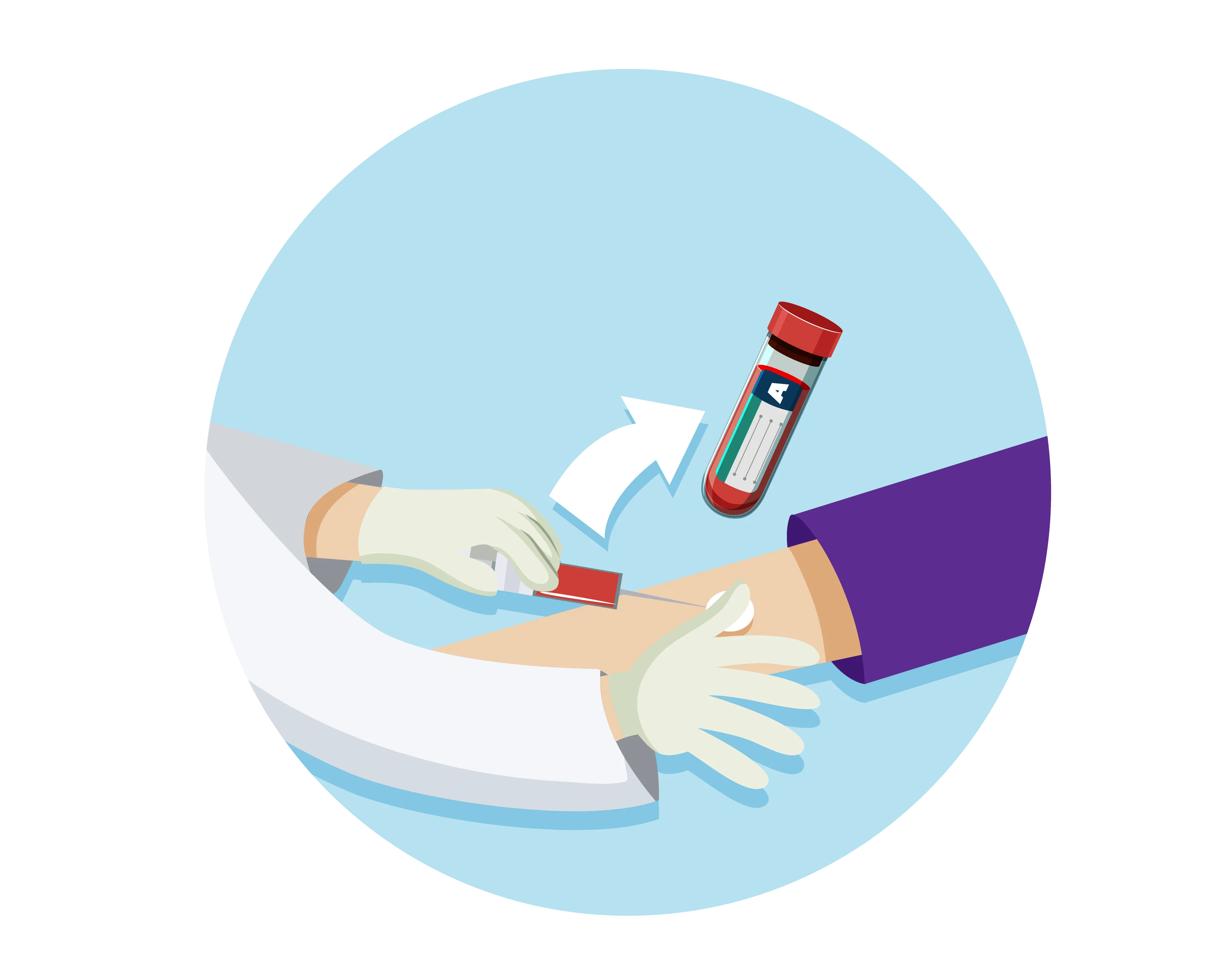Health Tests | 4 min read
Lipid Profile (Panel) Test: Definition, Importance and Preparation
Medically reviewed by
- Table of Content
Key Takeaways
- A lipid profile test helps to measure your cholesterol levels
- Lower LDL and higher HDL means you have a healthy lipid profile
- Regular lipid testing can help detect many chronic illnesses
A lipid profile test measures the cholesterol and other fat molecules in your blood. Doctors may ask adults and children for a fasting lipid profile to measure the risk of heart disease.
There has been an increase in heart-related health issues in India in the past two decades. It is no secret that high cholesterol is the primary cause of most heart problems. Cholesterol is a form of necessary fat in the body that helps maintain the stability of cells. The following are the three types of cholesterol:
- High-density lipoprotein (HDL)
- Low-density lipoprotein (LDL)
- Triglycerides
Abnormal cholesterol levels can cause heart problems. For instance, too much bad cholesterol can stick to your artery walls. This makes them narrower, which may lead to heart blockage. With a lipid profile test, doctors can measure all types of cholesterol present in your blood. You can then make dietary and lifestyle changes to stabilize abnormal levels. Read on to know all the details about the blood lipid profile test.
Additional Read: Cholesterol Myths and Facts
Why Should You Take a Lipid Profile Test?
Lipids are necessary fats and fatty substances in your blood and tissues. They are valuable stores of energy required for the healthy functioning of your body. Abnormality in lipid levels such as high LDL or low HDL is harmful to your health. Surprisingly, your body may not show any symptoms of such abnormal levels. In most cases, it is discovered after a serious medical incident like a heart attack or stroke. So, you need to keep regular tabs on your cholesterol with a lipid profile blood tests.
Get a routine lipid profile test done if you:
- Have a family history of diabetes, heart problems, and high cholesterol
- Are regular smoker [2]
- Have a sedentary lifestyle
- Are obese or overweight
- Drink too often
How Often Should You Get a Lipid Profile Blood Test Done?
Lipid profile test details inform doctors about cholesterol levels in your body. Knowledge from lipid testing helps in identifying early symptoms of many diseases. With this information, doctors can devise a preventive treatment plan. They can also track its effectiveness with routine lipid testing. Lipid profile test results can help determine if there are improvements in cholesterol levels. If the result is opposite, doctors can change the treatment plan.
Every adult should take a routine lipid profile test, irrespective of age or risks. If you are over 20 years, you should take a complete panel lipid profile test every five years. A healthy blood lipid profile needs no treatment or lifestyle changes. But, if you have abnormal cholesterol levels, you must take certain measures. These include:
- Losing weight
- Making dietary changes
- Exercising
- Increased monitoring and frequent lipid testing
Even a pre-existing underlying condition needs regular lipid profile tests.

How to Prepare for Lipid Testing?
You don’t need to fast if you are only checking your HDL or triglyceride levels. For a complete lipid profile test, fasting of at least 9 to 12 hours is necessary. You can drink water during this period. Avoid tea, coffee, and milk until you go for the test. Stay away from foods high in fat and alcohol until a sample is collected. Do not engage in intense exercise either. Talk to your doctor to know about any other necessary precautions.
Wait for two months after a heart attack, pregnancy, infection, or surgery before doing a lipid profile test. Inform your doctor of diet changes or medication that could increase your cholesterol levels. Share your family’s medical history and any new symptoms. Also inform the doctor if you are taking any supplements or medications.
What Do Your Lipid Profile Test Details Mean?
Your LDL, total cholesterol, and triglycerides levels should be low, and HDL should be high. That’s how you can maintain healthy cholesterol levels.
| Good cholesterol (HDL) | More than 40 to 60 mg/dL |
| Bad cholesterol (LDL) | 70 to 130 mg/dL |
| Triglycerides | 10 to 150 mg/dL |
| Total cholesterol | >200 mg/dL |
mg = milligrams
dL = deciliter
Additional Read: Lower your Cholesterol LevelIf you have an abnormal lipid profile test result, you are susceptible to various health conditions. To improve your cholesterol levels, doctors may suggest more lab tests. For instance, if they suspect diabetes, they may ask you to get a blood glucose test. To check for an underactive thyroid, they may recommend thyroid testing.
Since problems with cholesterol can be easy to overlook, you must keep track of it. Take blood lipid profile tests at regular intervals and talk to a doctor about the results. You can book lab tests or an online doctor appointments with Bajaj Finserv Health as well as a lipids blood test. With sample collection from your home, your convenience is ensured!
- References
- https://www.jacc.org/doi/abs/10.1016/j.jacc.2018.04.042
- https://www.sciencedirect.com/science/article/abs/pii/S0002870310008926
- Disclaimer
Please note that this article is solely meant for informational purposes and Bajaj Finserv Health Limited (“BFHL”) does not shoulder any responsibility of the views/advice/information expressed/given by the writer/reviewer/originator. This article should not be considered as a substitute for any medical advice, diagnosis or treatment. Always consult with your trusted physician/qualified healthcare professional to evaluate your medical condition. The above article has been reviewed by a qualified doctor and BFHL is not responsible for any damages for any information or services provided by any third party.




